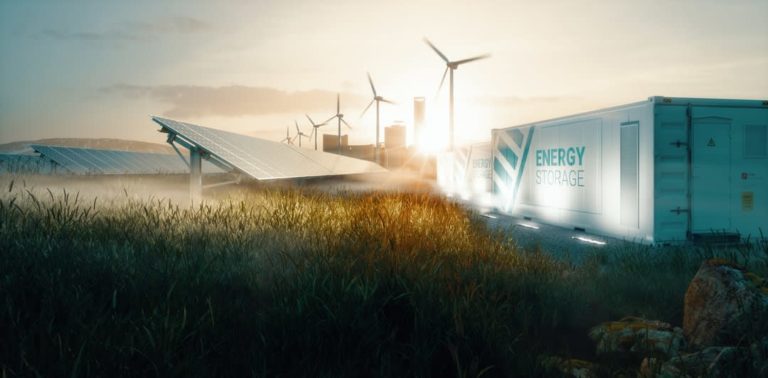Researchers at Monash University in Melbourne, Australia, have developed a new open-source economic modeling tool to predict that solar-powered production of green hydrogen by electrolysis will fall to AUD 2 ($1.50) per kilogram by the end of this decade.
The Hydrogen Economic Fairways Tool (HEFT) – developed by researchers from Monash University in collaboration with Geoscience Australia – is a free online tool that assesses the economic viability of potential hydrogen operations across Australia. Stuart Walsh, a senior lecturer in resources engineering at Monash University, said that the tool can conduct detailed geospatial-financial analysis of future large-scale hydrogen projects.
It assesses the quality of energy resources such as wind, solar PV, concentrated solar power, steam methane reformation (SMR) with carbon capture and storage (CCS), and coal gasification with CCS. It also considers other associated costs such as transportation, infrastructure and storage.
“It’s a tool we’ve developed in collaboration with Geoscience Australia to identify regions of potential development of new hydrogen projects,” Walsh told pv magazine. “In particular we’re looking at those areas which are best suited for developing hydrogen projects from an economic perspective.”
The Australian government has committed to green hydrogen – generated by electrolysis powered by solar PV and wind energy – as a fuel for the future. It has formally recognized it as a “priority technology” in the Technology Investment Roadmap announced late last year.
Walsh said that modelling completed using the HEFT, with tech cost reduction forecasts provided by financial research company BloombergNEF, shows that the AUD 2/kg goal is achievable.
“It’s definitely possible, especially over that 10-year time frame,” he said. “A lot can change over that period but if the Bloomberg numbers hold up, keeping in mind they are a bit optimistic, then our model predicts you can get to that AUD 2 farm gate production target.”
The HEFT modeling indicates that off-grid hydrogen production using solar PV could be as low as AUD 2/kg by 2030. Adding water and delivery costs would lead to a hydrogen cost just below AUD 3/kg before shipping.
“The Bloomberg figures are generally accepted as being fairly optimistic estimates, but nevertheless they provide one baseline against which you can judge what the potential future cost will be to produce hydrogen in different places,” Walsh said. “We’ve seen even over the last couple of years the estimated price of what it costs to produce hydrogen has fallen quite dramatically and people are also predicting that it will continue to fall which is in line with those predictions.”
The Australian federal government is keen to capture a significant share of the growing global export demand for green hydrogen. State governments have also embraced this vision, with specific goals in support of the development of a hydrogen industry.
The HEFT is an open-source modeling tool, freely available via Geoscience Australia’s AusH2 portal. The software has been designed to be as flexible as possible. There are also plans to expand the tool’s capabilities, with the aim of optimizing the development of shared infrastructure to facilitate large-scale hydrogen production and delivery, in order to attract investment into Australia’s hydrogen industry.
Further inclusions of battery, hydro, pumped hydro energy storage, and delivery infrastructures will be added to the tool. Large-scale hydrogen storage will also be incorporated in future works.
While large-scale hydrogen production has not yet been implemented in Australia, there’s a growing number of pilot, demonstration and small-scale projects in various development stages around the country. Walsh expects the rollout of small-scale projects to provide a more concrete base from which to judge green hydrogen production costs, but he said the early signs are promising.
“We’ve seen some early data that is at least in line with some of the more optimistic estimates so once we see how the projects pan out, it will provide a lot more certainty around the cost estimates,” he said.
Chanlong Wang, a project team member, is due to present the Hydrogen Economic Fairways Tool at the Energy Next Exhibition in Sydney in August. The event has been postponed to Aug. 25 to Aug. 26.
This content is protected by copyright and may not be reused. If you want to cooperate with us and would like to reuse some of our content, please contact: editors@pv-magazine.com.




2 comments
By submitting this form you agree to pv magazine using your data for the purposes of publishing your comment.
Your personal data will only be disclosed or otherwise transmitted to third parties for the purposes of spam filtering or if this is necessary for technical maintenance of the website. Any other transfer to third parties will not take place unless this is justified on the basis of applicable data protection regulations or if pv magazine is legally obliged to do so.
You may revoke this consent at any time with effect for the future, in which case your personal data will be deleted immediately. Otherwise, your data will be deleted if pv magazine has processed your request or the purpose of data storage is fulfilled.
Further information on data privacy can be found in our Data Protection Policy.